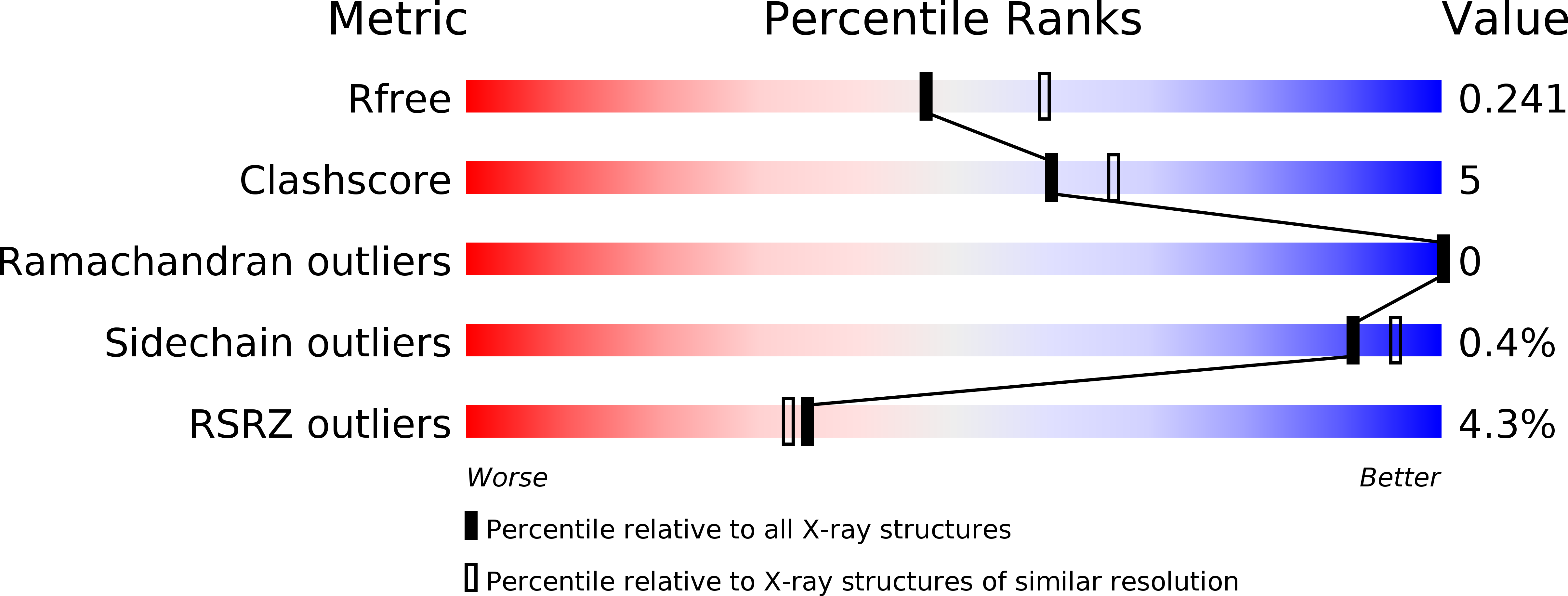
Deposition Date
2019-11-05
Release Date
2019-12-18
Last Version Date
2023-10-11
Entry Detail
PDB ID:
6UWG
Keywords:
Title:
Engineered variant of I-OnuI meganuclease with improved thermostability and E178D mutation at catalytic site
Biological Source:
Source Organism:
synthetic construct (Taxon ID: 32630)
Host Organism:
Method Details:
Experimental Method:
Resolution:
2.22 Å
R-Value Free:
0.24
R-Value Work:
0.19
R-Value Observed:
0.19
Space Group:
P 21 21 21


